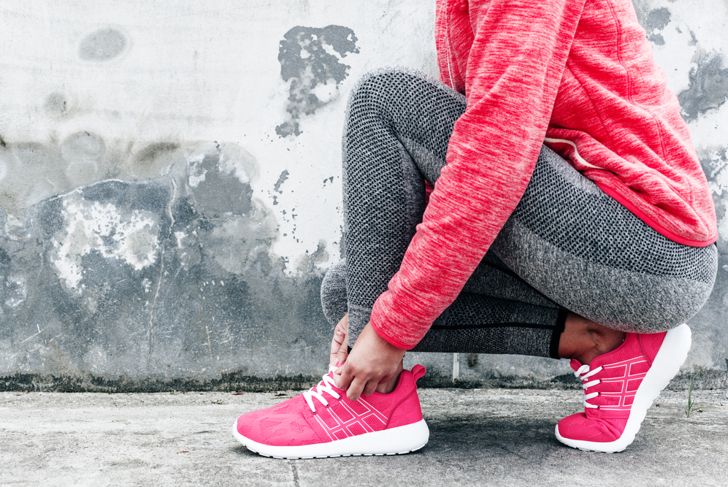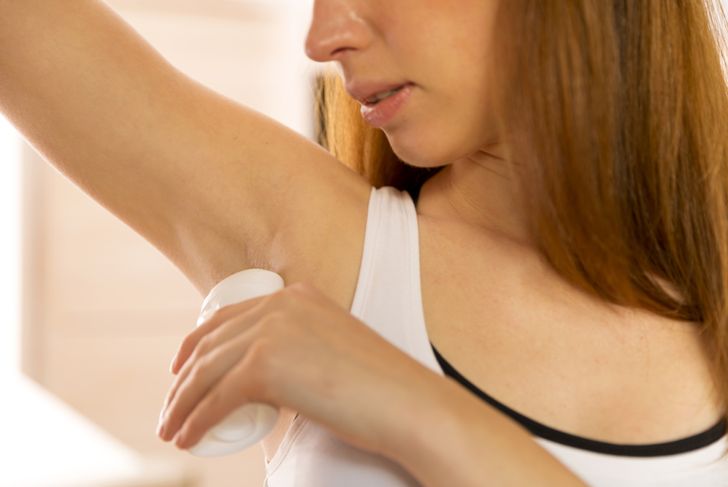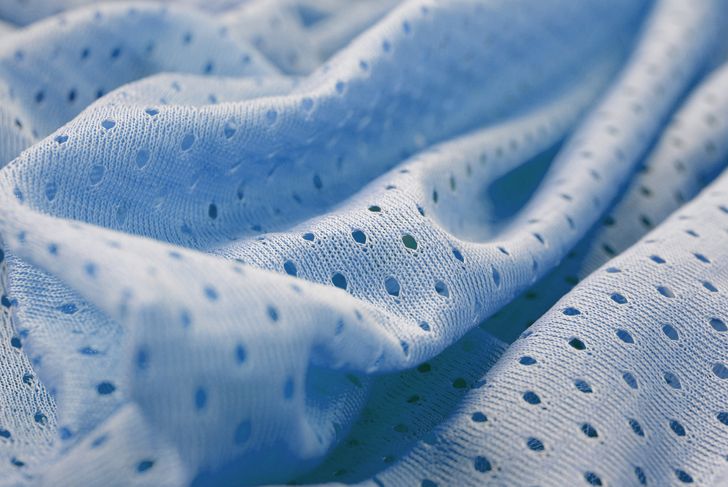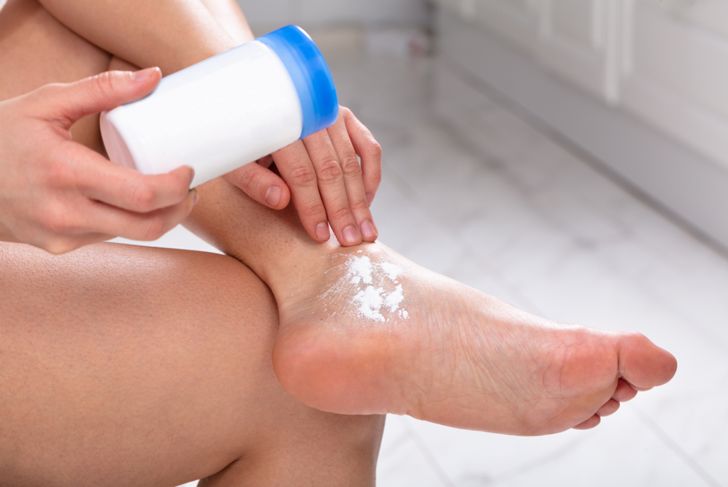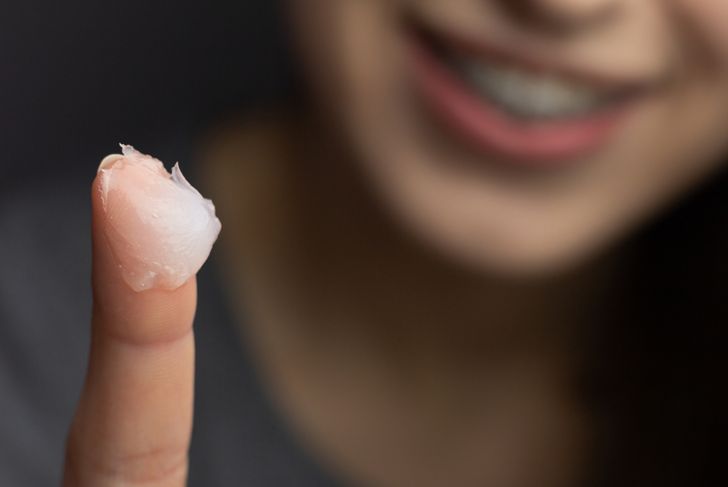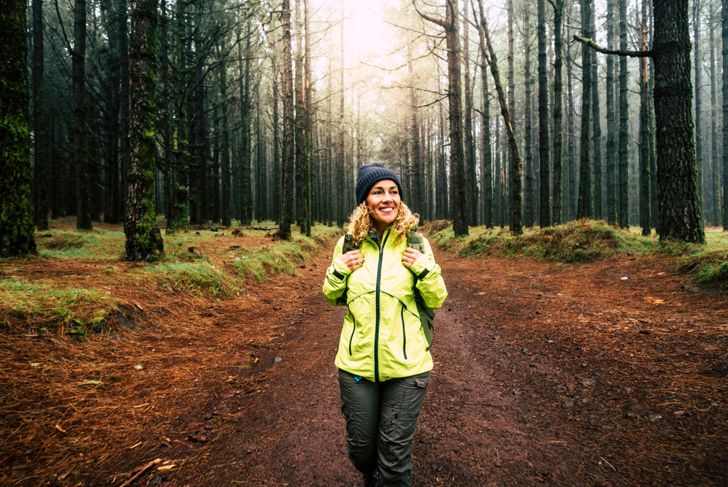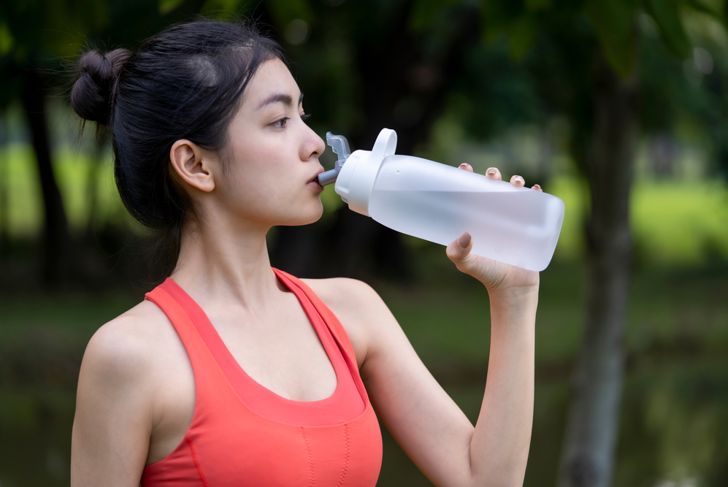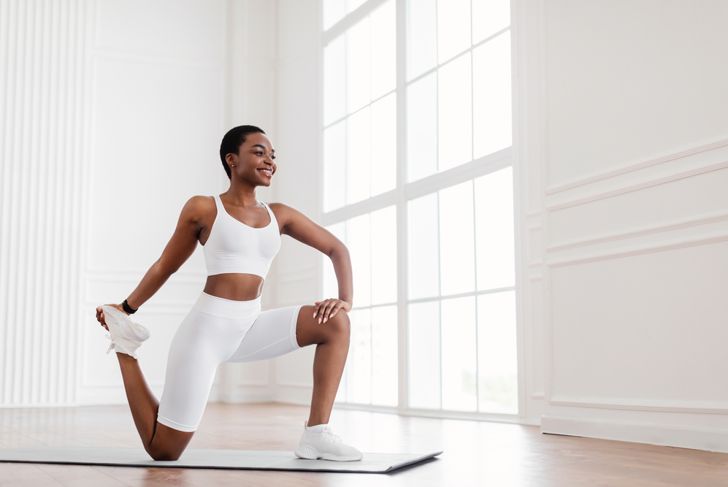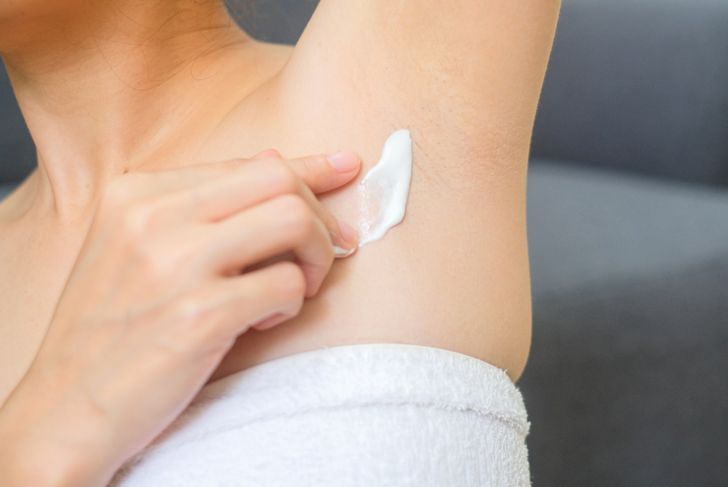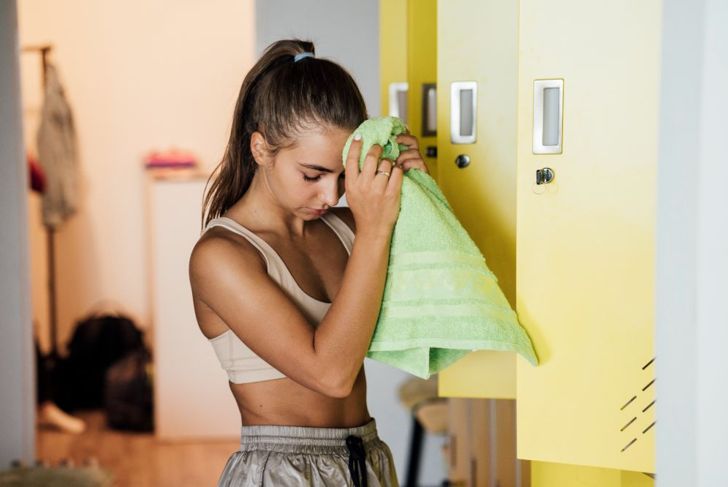Temperature increases can create chafing in some of the body’s most sensitive areas. This unpleasant side effect is always a risk when increasing the intensity of a workout regimen or going into warmer weather, and most people know it can get pretty painful.Similar to walking with a nasty blister, chafing can be a constant source of discomfort. The thighs, underarms, and groin are the sites most often affected, which makes it clear that friction is a major cause. Figuring out how to prevent chafing can save you from a lot of discomfort and pain during your next big workout or hot vacation.
Choose The Right Fabric
Fabric that can absorb moisture from the skin is best for the prevention of chafing. Breathable cotton fabrics are the best choice for everyday needs. This choice should extend past shirts to pants, underwear, dresses, and socks. Ideally, every clothing item in direct contact with the skin should be a moisture-wicking fabric that allows moisture to dry without creating friction.The cut of the clothing also matters. Clothing with large seams that dig and fold into your skin can make chafing worse. An excellent example of this is tops and bras with underwire. Extremely tight leggings and workout gear can also create preventable chafing.
Use Deodorant
Spreading deodorant over the areas that are most likely to chafe is another way to prevent the side effect. Even though most sticks are made for the underarms, many people swear by applying it on the thighs and other problematic spots to stop chafing in its tracks.Deodorant contains products that reduce friction — substances that create a protective film on the surface of the skin allow these areas to rub against each other without abrasion. You probably already have deodorant in your workout bag, but if chafing is a big problem for you, consider keeping one in your purse or backpack, too.
Avoid Moisture
When it comes to skin surfaces rubbing against each other, friction is inevitable, but certain environmental conditions can make the situation that much worse. Moisture is one example. Research shows that humidity can cause the frictional force to more than double, and the result is abrasion and blistering.Keep dry by dressing appropriately for the weather. Choose breathable fabrics and avoid situations that will induce more sweating unless you’re dressed to accommodate it.
Use Powders
Powder can minimize friction by acting as a barrier between skin surfaces. This makes it a popular product among athletes and mothers of young infants. But sprinting and baby bottoms aren’t the only places it can come in handy. Baby powder — a hypoallergenic and body-safe option — is one of the best ways to prevent chafing. Just keep in mind to check your clothes for residue if you’re using it under black garments.
Try Petroleum Jelly
In some cases, deodorant and powder may not be the ideal solution to chafing. Both can leave light-colored stains on dark fabric, making them more noticeable than intended. In such cases, the best option is petroleum jelly. Similar to powder and deodorant, petroleum jelly creates a barrier between skin surfaces and eliminates friction. This is usually best used under layered workout clothes, though, as it can leave an oily stain.
Consider Looser Clothing
With thighs being one of the main chafe areas, it may be best to avoid tight-fitting pants or shorts. Wide-leg trousers are the best bet to ensure an end to chafing. Trousers made of a breathable material will absorb moisture as well as create a barrier between the surfaces, reducing friction. Clothing that covers the problematic area will also make a difference if deodorant or powder aren’t available or tend to wear off too quickly.
Stay Hydrated
Increased core temperatures lead to more sweating, which creates friction. Research shows that a water deficit or hypohydration increases the amount of heat that is stored in the body, and by extension, the amount of sweat produced. According to this study, the more dehydrated a person is, the more heat they trap in their core. Hydrating can keep a person’s core temperature from rising excessively; this leads to less sweat, which means less damp skin and less chafing.
Invest in Bike Shorts
Bike shorts are usually made with a slightly elastic blend with a smooth surface. For those who chafe in this area, this relatively unobtrusive garment can act as a barrier between the chafing surfaces by covering the entire thigh. Furthermore, good-quality bike shorts are made from absorbent material that eliminates moisture in the area.Researchers recommend this garment for anti-chafing because it eliminates friction, even though it is tightly fitted. If a person needs to or feels more comfortable wearing loose pants or a skirt, putting bike shorts on underneath is a great option to stop chafing.
Chafing Creams and Balms
Chafing topicals are specially formulated to treat chafed surfaces. Some balms also prevent further chafing. A number of these balms are FDA approved and easily available over the counter.Consider this option if you’re trying to heal an already-irritated area. Balms and creams often contain ingredients that will speed healing, and can have the added benefit of preventing infection in the injured area.
Change your Clothing Often
After being in the heat or exercising, our clothes may trap sweat, dirt, oil, and heat. It is essential to keep the surface of your skin smooth and dry to avoid friction. This is why those at risk of chafing should change often. Removing exercise gear or outdoor clothes as soon as possible limits the amount of moisture that your skin comes into contact with, in addition to dirt that may increase frictional force.

 Home
Home Health
Health Diet & Nutrition
Diet & Nutrition Living Well
Living Well More
More